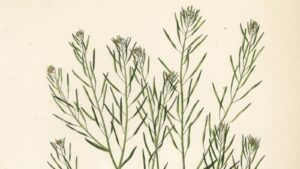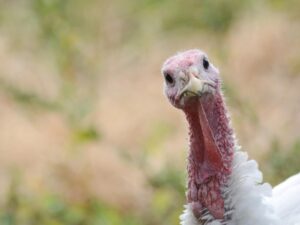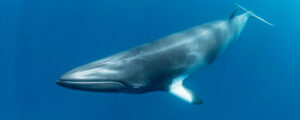
The conservation strategy of relocating animals from large, genetically diverse populations to small, inbred groups of endangered species may inadvertently introduce more harmful than beneficial gene variants, according to a recent study. This finding, published in the journal Molecular Ecology, challenges the established practice and suggests a need for a more nuanced approach to genetic rescue.
An analysis of the genomes of Eastern massasauga rattlesnakes revealed that donor animals from genetically diverse populations carried more deleterious mutations than those enabling adaptation. This discovery raises questions about the long-term efficacy of assisted gene flow, a technique traditionally used to stabilize endangered populations by reducing inbreeding effects.
Understanding Assisted Gene Flow
Assisted gene flow involves relocating individuals from genetically diverse populations to smaller, isolated groups to enhance genetic diversity and reduce inbreeding. This method has been considered successful in various species, often resulting in immediate population growth. However, the recent study suggests that the genetic benefits might be offset by the introduction of harmful mutations.
“We have a little bit of a paradox here. The genetic analysis says genetic rescue is maybe not good, or at best, it’s a wash,” said H. Lisle Gibbs, professor of evolution, ecology, and organismal biology at The Ohio State University and senior author of the study. “But when you look at other studies of assisted gene flow activity for other rare organisms, the small population usually grows.”
The Role of Environmental Factors
The researchers propose that environmental factors may play a crucial role in the success of genetic rescue efforts. While genetics can provide immediate relief by increasing population numbers, the long-term survival of species might depend more on ecological conditions that support their persistence.
Samarth Mathur, a former postdoctoral research scientist in Gibbs’ lab and the study’s first author, emphasized the importance of considering ecological factors alongside genetic data. “We should look more closely at other factors, especially ecological factors, that may allow the species breathing room for the evolutionary factors to work,” he said.
Genetic Analysis and Its Implications
The study involved whole genome sequencing of 152 Eastern massasauga rattlesnakes from 14 sites across the United States and Canada. By examining single-nucleotide polymorphisms (SNPs) in these genomes, researchers assessed the balance of deleterious and adaptive mutations in potential donor populations.
The analysis showed minimal differences between the two donor populations’ suitability for relocation. However, it suggested that all donor groups would significantly impact the functional genetic variation in recipient populations. In one scenario, donor snakes contributed a 34% increase in positive variants but also brought a 36% increase in moderately damaging mutations and a 32% increase in severe loss-of-function mutations.
“The numbers suggest you get a little bump in terms of good mutations and a little bump in terms of masking bad mutations which reduce inbreeding effects, but then you get a whole bunch of bad mutations, too,” Gibbs explained.
Local Adaptation Concerns
Another consideration in assisted gene flow is the potential disruption of local adaptation. The study found that only 7% of adaptive mutations in donor snakes were linked to adaptation in a different region of Ohio, suggesting that local adaptation might not be a significant risk factor.
“So maybe the ecological effects of rescue are overwhelmingly positive, and the increase in numbers may compensate for any risk of long-term negative genetic effects,” Gibbs noted.
Broader Implications and Future Research
The statistical techniques developed by Mathur and Gibbs could be applied to other species, offering a new tool for assessing the risks and benefits of genetic rescue. This approach could help conservationists make more informed decisions about when and how to implement assisted gene flow strategies.
“This isn’t just about snakes. It’s about big populations and small populations, and so we think the result is general,” Gibbs said. “Our key contribution is actually measuring the risk involved with genetic rescue in a real-world situation.”
The study was supported by the State Wildlife Grants Program, the U.S. Fish and Wildlife Service, the Ohio Division of Wildlife, and the Ohio Biodiversity Conservation Partnership. As conservation efforts continue to evolve, the insights from this research could play a vital role in shaping future strategies for preserving endangered species.






